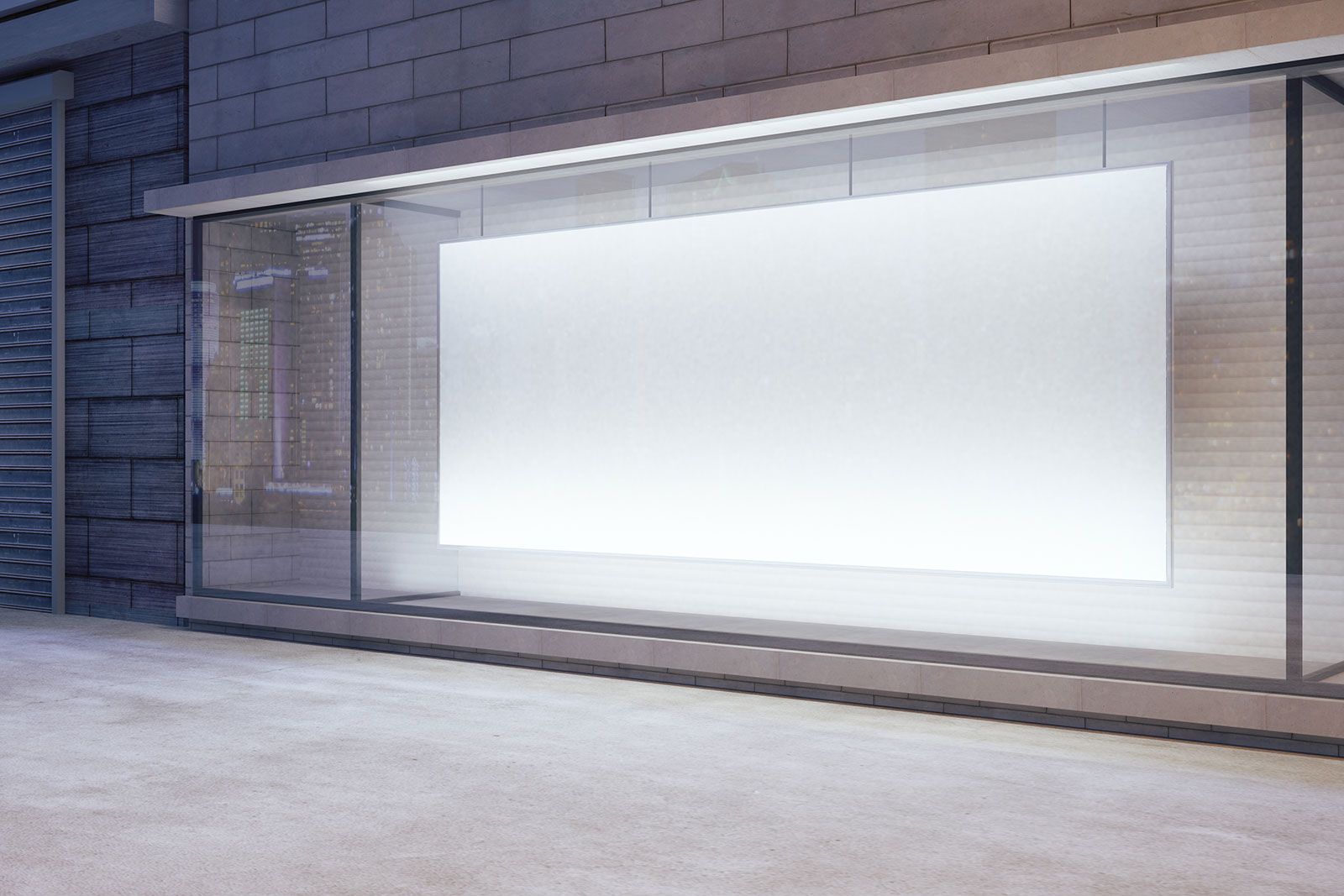 https://doubleretail.com/wp-content/uploads/KNOWLEDGE/Future-of-Retai-Absence-makes-the-heart-scaled.jpg
1707
2560
Double Retail
https://doubleretail.com/wp-content/uploads/common/double-retail-menu-logo-01.png
Double Retail2021-01-28 15:53:342022-02-03 14:17:54Double Retail X Future of Retail
https://doubleretail.com/wp-content/uploads/KNOWLEDGE/Future-of-Retai-Absence-makes-the-heart-scaled.jpg
1707
2560
Double Retail
https://doubleretail.com/wp-content/uploads/common/double-retail-menu-logo-01.png
Double Retail2021-01-28 15:53:342022-02-03 14:17:54Double Retail X Future of RetailIn recent articles, I’ve talked about retail design being an unknown discipline. This issue manifests itself in brands turning to architects for support in their retail strategy, and whilst that may not sound like a bad thing, there is, in fact, an industry that exists purely to service designing for retail. My intention is to shine a light on designing for retail, believing that our industry can provide real benefit for brands and consumers alike.
Architects and retail designers will naturally take a different approach to answering a client’s brief in the world of retail. From their years of studying and professional practice, architects will be drawn to both the construction and overall “sense of place” that their discipline thrives in. Fantastic when thinking about the overall concept and for reassurance in the build process – but missing the key to success when looking to grow your brand through retail.
Retail designers, although typically not born out of a specific university degree, tend to band together from a wider range of backgrounds that all add to the knowledge pool possessed within a retail design business. This fuels a different approach, one based on strategy and an understanding of the elements that make up retail; buying cycles, fluctuating stock levels, consumer psychology, fixture modularity and wholesale installation, to name just a few.
There’s a real danger within our industry that the perceived process of getting a design from paper to the physical environment involves just a designer, a few engineers, and an install team – This is far from the case. Supporting all the before-mentioned roles, there’s a bevy of activity from account managers, project managers, production leads, and more. All these key roles support the process of designing for retail and are the differentiating factors between our industry and architecture.
Whilst this comparison could be seen as divisive, it should be noted that both disciplines can work together, and if you’re working in the U.S, they have to. Retail designers should be seen as the obvious choice when designing a new store, expanding your brick and mortar empire or rolling out your wholesale operation to a new market. Include an architect when the project calls for when you’re altering the structure of your store, when you want more insight into the construction of your leased space or when you need to meet location-specific compliance.
I believe that retail design will become more widely as the retail environment continues to evolve. Our industry’s relationship with architecture must be developed accordingly. There’s no battle to be won between the two disciplines, simply an opportunity to clarify our accountabilities and build stronger partnerships.


